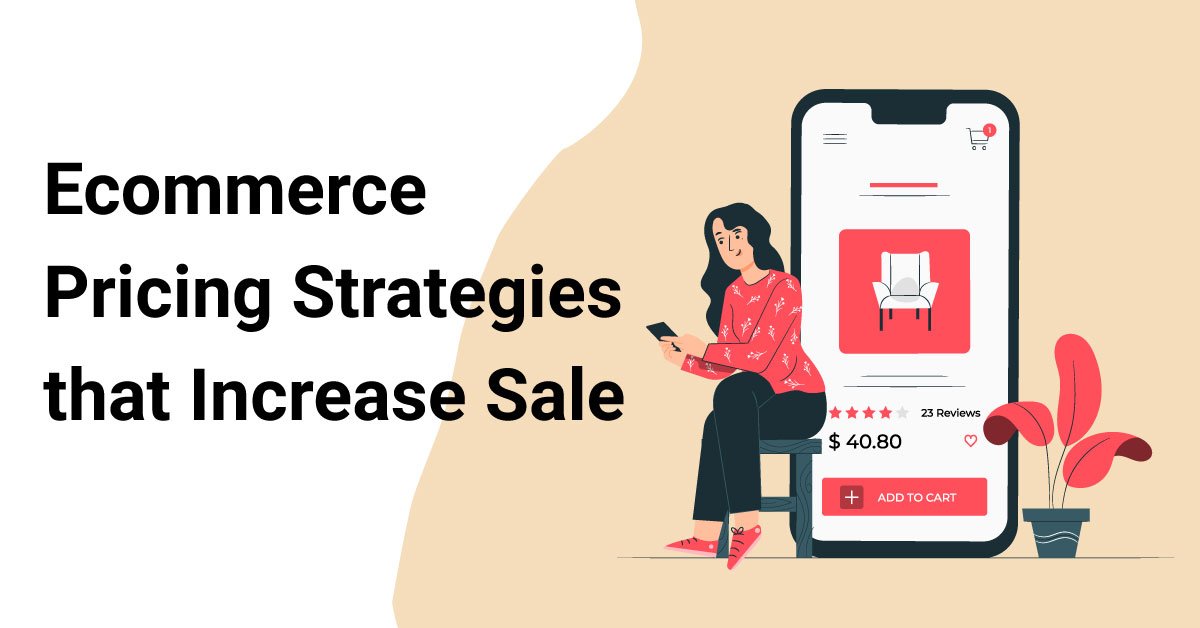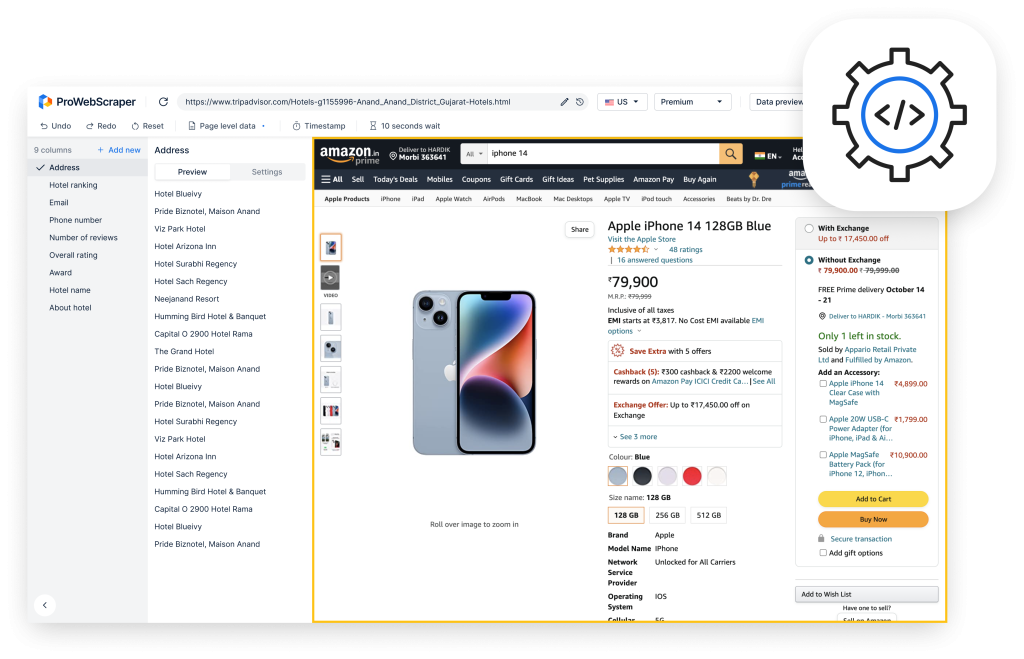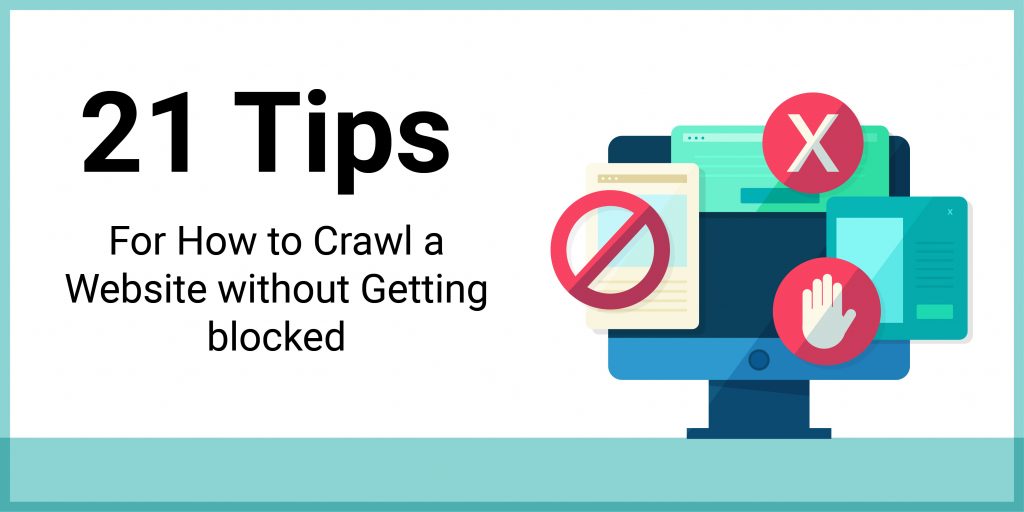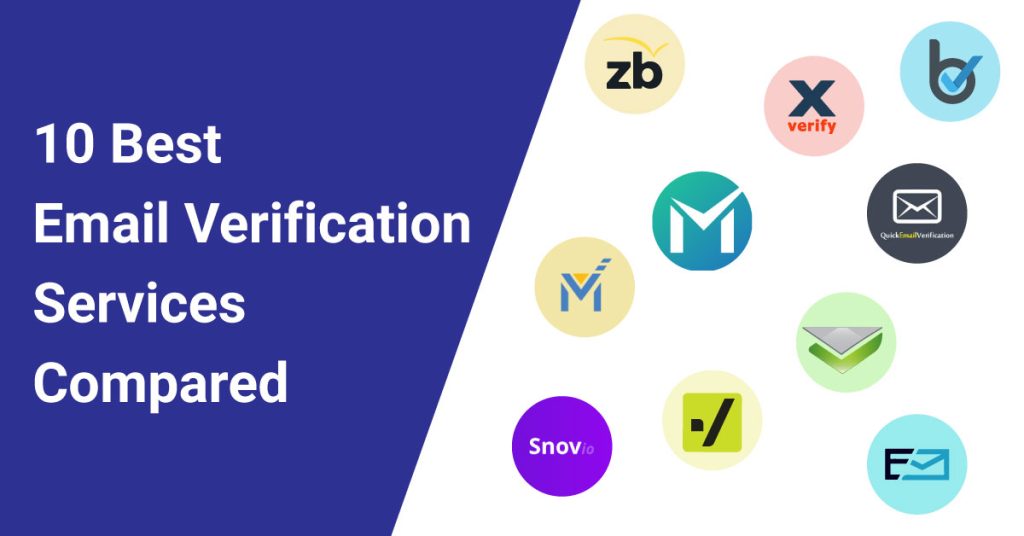
Introduction
Do you remember the times when we used to go to the shops? Our glance fell on some product; we liked it and tried it. But then you couldn’t take it. What came in between you and that product is the price tag.
But, now, with the ever-growing technology, the time has changed. Now, we have social media, and we follow the brands we love on the media and can know where the product is sold within a fraction of a time.
The options range has also increased. Options from where we can get the same product but at a relatively low price.
The Customer Barometer presented by Google in its recent survey has shown how much time a customer spends on a product before deciding to buy it.

According to this barometer, just 21% of customers spend time on the products moments before taking them. Amn the rest, 79%, a fraction of people spend time on products hours before taking them and few, even months before taking them.
So, can you have a rough assumption of how many products and prices one customer evaluates and examine before finally landing on your website for the same? Around a hundred or maybe a thousand.
To understand the same, let’s have some statical evaluation:
A competitive price is a significant factor that affects purchases the most, i.e., 80%.
90% of online buyers are experts at finding discounts. Consumers now have access to notifications and alerts for various products from numerous retailers thanks to technology and comparison shopping engines.
A significant component of the e-commerce marketing stack, price comparison engines account for 20% of all e-commerce traffic across all product categories.
But, no need to get intimidated by these statics and numbers. Because if you follow what we will tell you in the rest of this article and use these numbers mindfully, you can make the ball in your court.
Now, you sure have an idea of how eCommerce pricing can function as a high-traffic marketing tool and impact conversion rates and comparison engines.
It is the right time to take you on a journey of explaining approaches to pricing strategy. Get ready to understand each Ecommerce price strategy that could be the game-changer you’ve been searching for.
What is Strategy And How Can It Help You In Elevation Your Business
Are you the business owner who sets the rate but makes low profits? Or are you an owner who sets higher prices but risks missing out on many new customers?
Employing an effective price strategy for your E-commerce business can help you scale your business and elevate your business revenue and profit.
Although pricing strategy for your business is a signification function, it is not as simple as it sounds to do so. An effective pricing strategy has the caliber to either make or break your business.
An eCommerce pricing strategy, which is a well-thought-out approach, helps you choose how to price items correctly to increase sales and profits while maintaining competitiveness. Various E-commerce pricing strategies are used, depending on the products sold, the demand for the products, and the degree of competition.
Why have an Ecommerce Pricing Strategy?
Which pricing strategy will work and wouldn’t depend on the type of business? Even if your business grows well, you still need an effective E-commerce pricing strategy.
Explaining with an example, a basic Cost-plus E-commerce Pricing Strategy helps you keep track of the profit that comes from your every sale. If you have just dipped your foot in the field of business, Cost-plus Ecommerce Pricing Strategy would be very effective for you. But with the growing business, you will also need to grow your strategy.
The actual price per order and acquisition cost may increase as your business organization expands, and expenditures could also increase dramatically. You need a pricing strategy for online purchases that will enable you to grow your business. E-commerce businesses employ many price strategies, yet they don’t permanently hurt their sales.
Even if your E-commerce company is currently profitable, there may be potential to increase revenues if you keep reviewing and improving your pricing strategy.
How do you make an effective E-commerce Pricing Strategy?
Most of the time, the fundamental of an E-commerce Pricing Strategy is your target customer. Because it gives you a clear idea of what your customer is willing to pay you and what their other option is to shop for the same product. What consumers are prepared to pay for your goods will ultimately determine the best pricing strategy. It depends on variables, including brand reputation, demand, and competition in the market.
Know who your customer is?
Building a buyer profile will help you understand more about your customer. Once you know about the kind of customer you are targeting, it becomes easier to plot an effective pricing strategy. That effectiveness will come only when you are aware of your target market’s demographics, character traits, disposable income, and purchasing habits.
For example, there will be some customers on your target list who are very cost-conscious, and then there will be the ones who will buy a particular product at a premium price. Thus rather than making a mock guess, do proper research and reasoning before plotting the pricing strategy for your E-commerce business.
9 Outstanding Pricing Strategies For Your E-commerce
The process and journey of choosing the right pricing strategy for your E-commerce will be a hit-and-trial method. You might get the best one in the first shot or have to throw more dots till you get the exact strategy. Because as we mentioned above, a simple cost-plus pricing strategy will be very effective for you in the initial phase. Still, then you need to reevaluate your business and renew your strategy.
To help you choose the ideal pricing strategy for your E-commerce business, we are giving you nine strategies to select from and make the perfect development.
1. Cost-plus Pricing
Frequently known as markup pricing, breakeven pricing, or cost-down pricing. This strategy helps generate a profit by adding a substantial percentage margin to the cost of any product. Since it is one fundamental and straightforward strategy, we have placed it at the top of the list. Just because of the simplicity and ease of calculation, this pricing strategy is ideal for new and smaller e-commerce businesses.
Let’s say that you own an online clothing store. You would first gather the expenses of labor, materials, and fixed costs for each product and add them up to utilize cost-plus pricing:
Materials: $15
Labour: $15
Fixed costs: $20
Total cost: $50
Thus to make even the minimum possible profit, you need to sell that clothing piece for at least $50.01. Though we know that it is not practical to charge $0.01 more than the item’s total cost because you also need to consider client acquisition costs, shipping costs, taxes, e-commerce returns, and other charges.
The common goal of any business owner is to make a profit in a margin of at least 50-100%. Thus if you are, on this clothing item, willing to make a 50% of profit, you have to sell it for at least $100. Thus after deducting your actual cost per order, you will profit from the deal. And this kind of strategy is called a Cost-plus strategy.
Pro: Quick evaluation of the profit.
Con: High possibility of messing up with calculation as it is a very mathematical approach.
2. Competition-Based Pricing
As the name suggests, competition-based pricing is a strategy to attract your competition’s customers by offering lower prices for identical products. It is a solid strategy if you want to attract budget-conscious customers willing to forego brand loyalty to save money.
Several reliable apps such as ProWebScraper, price Intelligently, and Prisync would help you know the price set by your competitors and crucial information about the market.
Since yours is an online business, you can also keep track of how much shipping your competitor is charging and then fix the shipping charge that can pull you more customers.
Pro: Helps in making new customers for your business.
Con: High possibility of customers switching to other brands if they don’t like your pricing.
3. Value-based Pricing
A value pricing strategy is applied when you know how much a customer is willing to pay for a particular product. But remember that value-based customers demand more quality and fairness in the product. They would love to analyze that the product you are offering them is of top quality, fairly sourced, environmentally friendly, and rare to find.
For instance, let’s say you are running a jewelry shop online. So looking at the low price of the jewelry piece, the customer would know that it is of low quality. Because a unique set, it requires inexpensive items to make. When investing in jewelry, everyone is willing to spend much on quality materials like diamonds and better-end jewelry.
Pro: It applies to almost all types of products because of the perceived value.
Con: Tough to get the correct value provided you have done deep study and price research.
4. Price Skimming
In this strategy, the initial price of the particular product decreases with time. You can witness the price skimming mainly used for technical products. The price of old products drops when a new and more efficient gadget is introduced to the market. For example, radio used to be very costly when it was introduced. But with the arrival of more smart music systems, the radio’s current price is meager compared to the initial price.
When applying this strategy, your target customers would be called early adopters. Because these are the clients who love to buy the newest and the trendiest
gadget/product in the market.
Another best example is the seasonal products that typically go on sale or clearance during the off-seasons, such as holiday decorations or winter/summer sports equipment.
Pro: Best suited for the technical gadgets or highly demanded products in the market.
Con: Not applicable for any newer and smaller product coming to the market.
5. Loss-leader Planning
Loss-leader planning would involve selling the product at a relative loss to captivate more customers to sell a relatively high-priced product offering. And, don’t worry about the loss. Because when the client buys a necessary product along with the current product, it will cover the loss. For example, Video consoles and video games. These excess products can be sold either at the initial of the sale or by the end of the sale.
By encouraging customers to buy the complimentary product in addition to the highly discounted item, loss-leader pricing can boost the average order value. Customers may likely add more products to their baskets because they already feel like they are getting a deal.
Pro: An efficient way to captivate customers to make an initial purchase and return to buy the additional purchase from your online shop.
Con: The efficiency of this strategy relies on the customer’s will/decision; whether they want to buy the additional product or not.
6. Dynamic Pricing
As the name explains, this strategy of Ecommerce pricing is very dynamic. In this scenario, you either decrease the price to increase the sale when you observe a decline in purchase rate, or you increase the price of the product to increase the profit when you observe a hike in purchase rate.
Dynamic pricing can be combined with competitor-based pricing because you must maintain competitive pricing when your rival website/company changes its prices.
Pro: The control of profit remains in your control.
Con: It can drastically reduce your chances if the price keeps on changing at a frequent rate.
7. Premium Pricing
The value of the product depends on the price of the product. This strategy of pricing is applicable for luxurious or high-rated products. When applying a premium pricing strategy, the main goal is to convey to the customer that your product or brand is prominent and holds some significant status. The most applicable example is clothing or jewelry brands.
Pro: One of the best strategies is when your target customer is an individual who can afford to buy the product.
Con: Limits the range of customers as the purchase depends on affordability.
8. Anchor Pricing
Anchor pricing gives customers a price point to compare while researching products (the anchor). For instance, while conducting a discount promotion for a product, your website can display the original price next to the discounted price. For a better understanding, let’s say a product price is $50, but you mention $100 $50. It gives the customer a sense of a huge discount, and they end up buying the product at the price you want.
Pro: Captivates the customer who looks for discounts or deals.
Con: It can also cause a considerable loss if the disparity between the anchor price and the real price is wide.
9. Physiological Pricing
Have you any idea why mostly the price tags print $9.99? The strategy that goes behind this pricing is called physiological pricing. Why? Because the price feels much close to $9 than $10. It is a way to show the customer that the product is cheaper than $10. Studies show that this kind of charm pricing helps in increasing sales drastically.
Consumers frequently round numbers incorrectly and overlook the least significant digits. Although the cents are visible, they are frequently unconsciously overlooked.
Pro: A great way to captivate customers is by decreasing just one cent of the price.
Con: It is not a very long-term strategy for Ecommerce pricing.
FAQs
The main factor that should be on your mind are; the customer you are targeting, the goal of profit and sale, market research, and what your rivals are doing to hie their sale.
Depending on your long-term goal, growth plan, and product sales strategy, you can choose a single or a combination of strategies we have mentioned above to set the price for your product.
Well, all those mentioned above are the best strategies. The efficiency of any strategy depends on what is your goal regarding your product.
Price = (Material Cost + Labor Cost + Overhead Costs) x (1 + Markup)
* Choose the markup yourself.
It is not always the case, but it is most effective for such products.
Conclusion
If you have problems deciding which strategy suits you the best, you can use ProWebScraper to scrape the prices of your competitors. It helps you know which strategy is working for them and what they are up to. ProWebScraper also provides you with structured reports, which makes it easy for you to analyze the data and make quick decisions. This way, you’ll be able to beat their strategies and earn more profits.




